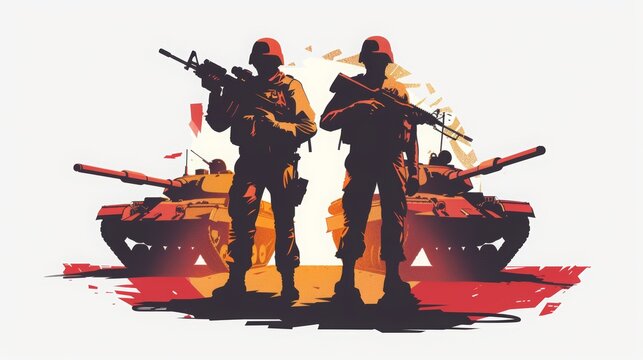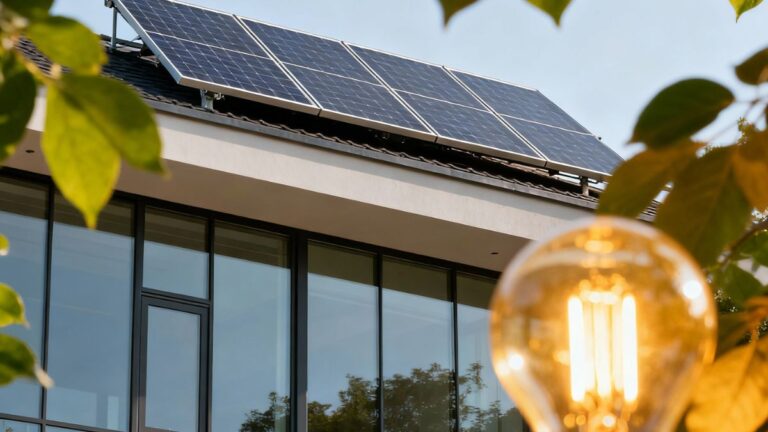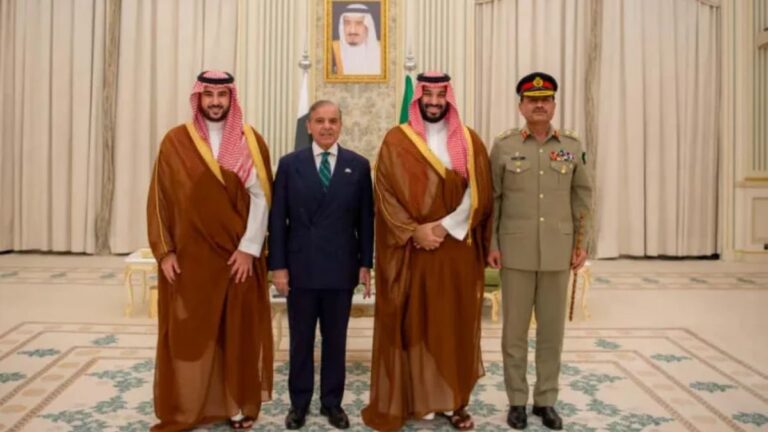
On January 2, 2025, India’s Ministry of Defence announced that 2025 will be designated as the “Year of Reforms”. This ambitious initiative is set to modernise India’s armed forces with a focus on joint operations, advanced technologies, and integrated military strategies. Under the leadership of Defence Minister Rajnath Singh, this reform aims to strengthen India’s defence capabilities, elevate its global standing in defence exports, and position the country as a leader in advanced military technology.
Context of Defence Reforms
The timing of this reform initiative comes as India faces a rapidly evolving security landscape, with complex challenges requiring a technologically advanced and strategically cohesive military. The goal of the reforms is to enhance operational readiness, improve military efficiency, and promote seamless collaboration across India’s Army, Navy, and Air Force. These reforms will empower the armed forces to address emerging threats effectively while adapting to modern warfare technologies.
Key Focus Areas of the Reforms
The “Year of Reforms” will centre on several critical areas aimed at transforming India’s defence forces:
1. Integrated Theatre Commands
The establishment of Integrated Theatre Commands is a major component of the reform. This restructuring will promote greater coordination between the Army, Navy, and Air Force, enabling them to conduct joint operations more efficiently and respond rapidly to security threats. The integration will allow the forces to act as a unified entity, streamlining decision-making processes and improving overall operational effectiveness.
2. Emerging Technologies
The Ministry has identified emerging technologies such as artificial intelligence (AI), machine learning (ML), hypersonic missiles, and robotics as core areas of focus. By incorporating these technologies into military strategies, India aims to build cutting-edge capabilities for modern warfare. These technologies will help in designing more precise tactics, enhancing defence infrastructure, and improving operational effectiveness on the battlefield.
3. Inter-Service Cooperation
A key objective is to strengthen inter-service cooperation, which will foster greater collaboration across different branches of the military. Through shared operational requirements and joint training exercises, the armed forces will enhance their ability to work seamlessly together during complex operations.
4. Simplified Acquisition Procedures
To keep pace with technological advancements and evolving security needs, the Ministry plans to simplify acquisition procedures. This will help expedite the process of acquiring state-of-the-art defence equipment, ensuring the military remains ready and capable at all times. Streamlining procurement will reduce delays and improve the overall efficiency of the defence sector.
5. Public-Private Partnerships
The reform also emphasizes public-private partnerships (PPP) between the defence sector and the civil industry. These partnerships aim to promote innovation, enhance manufacturing capabilities, and foster research and development (R&D) in the defence sector. The collaboration will drive India’s push to develop cutting-edge defence technologies and become more self-reliant.
Enhancing Defence Exports and Research
A critical objective of the reform initiative is to make India a leading global defence exporter. By strengthening its research and development (R&D) efforts, the country seeks to increase its output of indigenous defence products. Encouraging collaboration between local industries and foreign manufacturers will help improve technological advancements, making India a reliable source of military hardware and expertise in the global market.
Focus on Veteran Welfare
Veteran welfare remains a significant priority within this reform agenda. The Ministry plans to enhance support systems for veterans, ensuring that their needs are met in terms of healthcare, financial stability, and post-service employment opportunities. Additionally, veterans will be encouraged to contribute their knowledge and expertise to further innovation within the defence sector.
Cultural Pride and Indigenous Capabilities
The reform initiative also stresses the importance of cultural pride within the armed forces. By blending global military standards with indigenous capabilities, the Ministry intends to develop defence technologies and strategies suited to India’s unique needs and conditions. This focus will help foster a sense of pride and unity within the armed forces while leveraging local innovation.
Summary of Key Points:
- Rajnath Singh, the current Defence Minister of India, is spearheading the “Year of Reforms” initiative.
- Integrated Theatre Commands will improve coordination among the Army, Navy, and Air Force, enabling better joint operations.
- Emerging technologies like artificial intelligence, hypersonics, and robotics will play a central role in shaping future military strategies.
- The public-private partnership model will drive innovation and manufacturing in the defence sector.
- India aims to position itself as a leading global defence exporter by investing in R&D and fostering collaborations with foreign manufacturers.
- Veteran welfare is also a priority, with measures to optimize post-service support for military veterans.
- The reforms will combine global best practices with indigenous solutions, focusing on cultural pride and technological self-reliance.
India’s defence reforms in 2025 are set to transform the military landscape, positioning the country to face contemporary security challenges while bolstering its role as a global player in defence.
Also Read: 40 Years After Bhopal Gas Tragedy: Toxic Waste Relocation Begins
Disclaimer
This article is for educational purposes, focusing on the relevance of the topic for UPSC aspirants. Students should stay updated on further developments and refer to official sources for comprehensive preparation.
Follow Fusion IAS


